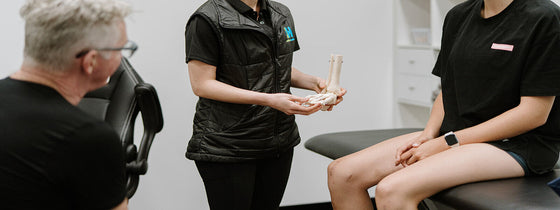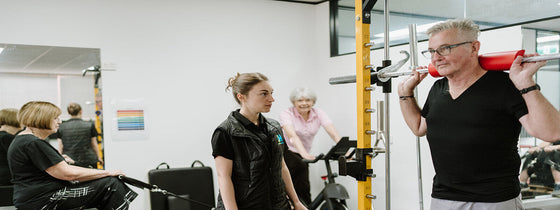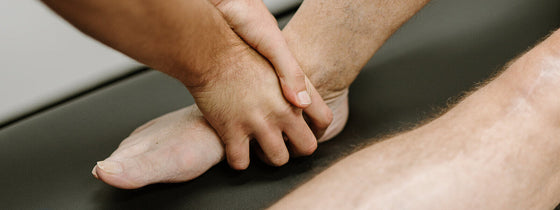What is concussion?
Concussion is an injury to the brain caused by an impact to the head or body with force transmitting to the head. It is unfortunate to write, but concussion is a severe and common injury that occurs in many sports. It is important to note that loss of consciousness is seen in less than 10% of cases of concussion. That is, the player does not have to lose consciousness to have a concussion. The more severe injuries include structural damage, such as fractures to the skull and bleeding on the break. Fortunately, severe head injuries such as these are uncommon. However, all concussions do require urgent medical attention and input.
So how do you know if someone has had a concussion?
The best resource to use is the head check app which can be downloaded on all devices and used on game day to establish concussion. (please see the link below)
Concussion is often characterized by:
Symptoms reported by the player:
How do we manage concussion?
Although there’s been considerable media around concussion guidelines and protocols changing in recent years (at the local and elite levels of sport) there has been ongoing confusion about practically what to do in the situation where a concussion is suspected. So, what are the latest guidelines regarding concussion management in local sport for 2024?
In early 2024 the Australian Sports Commission and Australian Institute of Sport, in conjunction with the AFL, launched a large update to the current protocols, and it is HIGHLY encouraged these protocols are used for every level of sport across the country. From now on, at all local levels (senior and junior) as well as VFL, VFLW and Coates league there will be a mandatory 21-day return to play period for any player that has had or is suspected of having a concussion. Note that the day of injury is also called day 0.
Officially the wording around this is:
‘’Under the new community football guidelines, the earliest that a player suffering a concussion can return to play is on the 21st day post the concussion incident provided they get medical clearance.’’
These guidelines have been updated in accordance with the latest AIS Guidelines for concussion and brain health. They are about protecting the short- and long-term health and safety of players.
It is vital that if you, or a player under your care, has suffered a concussion that they are removed from the ground immediately and medical attention is sort after. A player must be assessed and cleared by a medial practitioner with skills in concussion management. Our OHL team highly recommend the team at The Australian Sports Doctors (ASD) in Heidelberg. A sports doctor (or another local sports physician) can do an assessment, establish the severity of the concussion, and guide you in the process of returning to work, school, and sport once safe. The sports doctor will also help you time your commencement of physiotherapy rehabilitation after a concussion, which is an area of physiotherapy growing due to incredible research on the need for targeted physical rehabilitation after a concussion!
So, if you or someone you know has had a concussion, please get in contact with us, come and see a physio or book in at ASD to get the best and safest plan.
Summary:
Resources:

If you're experiencing back or neck pain with neurological signs and symptoms, a thorough neurological examination is crucial for accurate assessment and effective treatment. In this Optimal Tip learn more about what we mean by completing a neurological exam!

Squats, deadlifts, and calf raises are key movement patterns that should be part of every strength and conditioning program—regardless of age and activity level. These functional movements support joint health, improve posture and balance, and reduce the risk of injury while building strength where it matters most.

A ganglion cyst is a fluid-filled swelling that typically forms over a joint or tendon sheath, causing discomfort and pain, especially when pressing against nerves or joints. Proper assessment and treatment, including physiotherapy, are essential for managing symptoms and improving function in the presence of a ganglion in your hand, foot, or wrist.